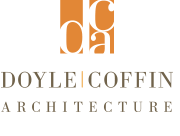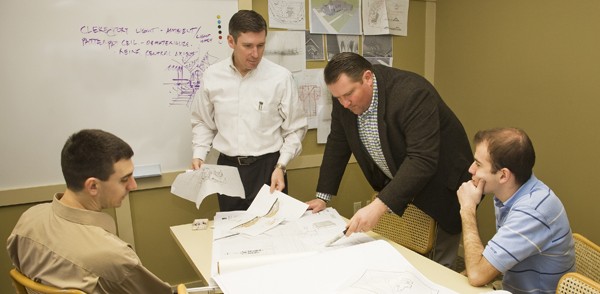Coordination is King
[image title=”Team1″ size=”full” id=”98″ align=”none” ]
Have you ever been involved with a construction project that is constantly hindered with little ticky-tacky problems? A beautiful wainscot trim cut around a light switch? An HVAC register located where a chandelier was intended to be centered? A door installed so close to a wall that the 6” casing was cut to a narrow 1” strip? A tile pattern that doesn’t align with an opening or fixture? The culprit of these types of building snafus can usually be chalked up to poor project coordination.
Project coordination starts early in the design phase of a project. The architect must consider mechanical, structural and functional issues as the design unfolds. While the structural engineer might think a drop beam is the easiest solution to span a new opening, the architect and owner may have had a flush beam in mind. If these differing thoughts are not reconciled or understood during the design process, someone may be in for a surprise in the field and perhaps a very expensive change order.
Ultimately, having a successful project comes down to the coordination between the contractor and their sub-contractors. Nothing is more important than quality job supervision. Not having the proper supervision on a job is the equivalent to an intersection without traffic controls, it’s a joke!. A good job “super” will have studied the construction drawings prior to a shovel hitting the ground and will know the project pitfalls. They are savvy enough to know when to alert the design team about construction issues and still maintain the ability to keep the job on track. Coordination between the owner, contractor and architect is paramount to an enjoyable and successful construction experience.
Listen, everybody knows that the Joker is wild, that’s why it is always better to be the King!



